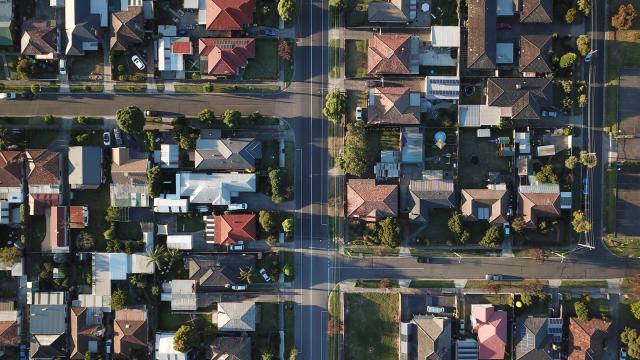Greenfield land sales in the western growth corridor have fallen to their lowest point in almost four years, according to the latest RPM data.
Land sales fell by 24 per cent from the previous quarter to just 853 lots, which was the first time sales dropped below the 1000 mark since quarter two 2019.
The west’s fall was consistent with the Melbourne and Geelong growth corridors, which also fell 24 per cent to 2054, with the rolling 12-month average down 70 per cent to 14,567.
RPM project marketing managing director Luke Kelly said quarter-four sales results showed affordability remained the market’s major challenge with customers taking longer to make a commitment due to the rising cost of living, construction costs and ongoing interest rate hikes.
“Lot sales activity is likely to struggle to gain momentum for the first six months of the year as people tighten their spending belts and banks reduce their borrowing capacity compared to six
months before,” he said.
He said while the market had entered a trough, there were encouraging signs that indicated a positive outlook over the medium-to-long term.
“The RBA has announced a ninth straight increase to the official cash rate to 3.35 per cent, which is a decade long high, however it also widely believed inflation peaked in December and is anticipated to start gradually easing through the back half of 2023, which should start to alleviate some cost of living pressures for buyers.
“Historically, consistent growth follows a downturn in the Melbourne market, although government stimulus can drive more rapid growth, which occurred after the second quarter of 2019 when sales rebounded significantly the following quarter.”
Mr Kelly said in each case the rebound was underscored by strong underlying demand, which built up during the market trough to fuel a rapid increase in sales.
He said it was telling that investors were returning in force to the market making up 30 per cent of buyers during the December quarter.
“They know the current period represents a lull in the market and are buying to ensure they get ahead of the curve so they are in a good position when the recovery comes,” Mr Kelly said.







